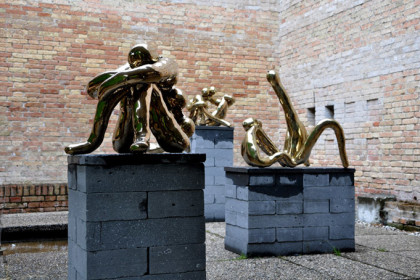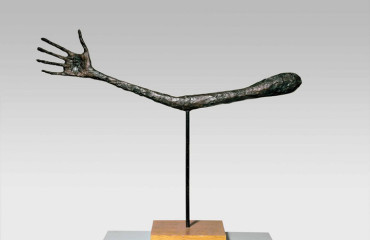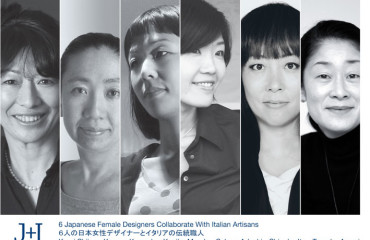
A book that looks like a codex and a building which never existed. Between these two poles man, fragile and thinking, creative and dazed, humanity with his dreams and sorrows, with its gods and its superstitions, with all its passions and its diseases.
Impressive, standing at the center of the first room in the fascinating Arsenal, the model of the Palazzo Enciclopedico by Marino Auriti, a utopian project to hold in a single museum all the wisdom of the world. Designed for Washington in 1955, it was never built. Mirroring it, in the first room of the Central Pavilion at the Giardini, the Red Book by Carl Gustav Jung, encyclopedic collection of visions and dreams, the brainchild of the famous psychologist.
Around them, more or less known artists, insiders and outsiders who give life to the contemporary Palazzo Enciclopedico thought by Massimiliano Gioni: the exhibition by a young curator – and months later from the opening is a fact of life – marks a break in the history of the Venice Biennale: a break that builds a new vision, which rediscover memories through the archives, artists in dim light and recovers the idea of the museum as a container for creative expression, a universal space where to merge all communicate the man.
Visiting the 55th Biennial is like leaving on a journey into the depths of our being, an escape from the imagination among works unmistakably magical (such as a collection of mandalas) and nightmares expressed in small clay sculptures (by Levi Fisher Ames), among kaleidoscopic paintings dictated by the spirits to Augustine Lesage from 1911 and illustrated boards that served the founder of anthroposophy, Rudolf Steiner, to illustrate lectures to the initiated. And yet spiritual and medium inspirations, religious suggestions and sexual perversions, automatic writings and dream reports.
Through the revelation of the private lives of the artists, many of whom faced suffering and painful treatment in psychiatric hospitals, you can feel the weight of existence within works which does not represent, in any way, an end for themselves and that are powerful catalysts of our thought.
Never before, the main exhibition of this great event that every two years fills canals and streets of Venice with the perfume of contemporary focused on the creative act from which emanate unpublished messages, which are outside the market.
Never before, the Biennale made everybody want to become an artist.
 English
English  Italiano
Italiano 



